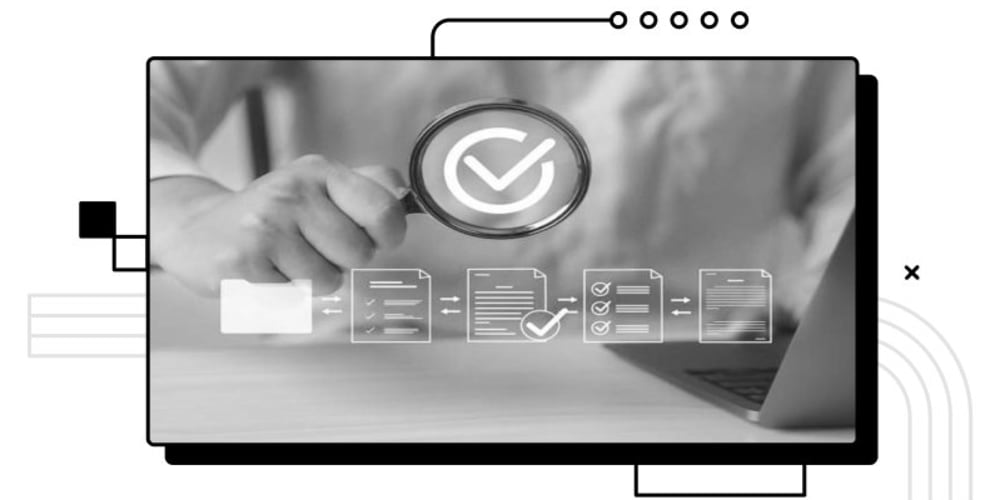As a tech entrepreneur, you’ve likely encountered both webhooks and APIs in your development work. They’re both essential for integrating different systems, but they serve different purposes. Let’s dive into the details to clear up any confusion.
What is an API?
API (Application Programming Interface) is a set of rules and protocols that allows one piece of software to interact with another. Think of it as a menu in a restaurant. The menu provides a list of dishes you can order, along with a description of each dish. When you specify what you want, the kitchen prepares it for you. Similarly, an API lists operations that developers can use, along with the specifications for how to call them.
• Request-Response Model: When you call an API, you send a request to a server, which then processes it and returns a response. This is synchronous communication, meaning you wait for a response before moving on.
Example:
http
Copy code
GET /api/users
Host: api.example.com
Authorization: Bearer
This request asks the API to return a list of users. The server responds with the data.
What is a Webhook?
A Webhook is a way for one system to send real-time data to another system whenever a specific event occurs. It’s like a push notification service. Instead of you polling (asking) the server for updates, the server pushes data to you when something happens.
• Event-Driven: Webhooks are triggered by specific events. When the event occurs, the server sends a payload (data) to a predefined URL you’ve set up. This is asynchronous, meaning the server sends data without waiting for a response.
Example:
http
Copy code
POST /webhook/receive
Host: your-server.com
Content-Type: application/json
{
"event": "user_registered",
"user_id": 1234,
"timestamp": "2024-07-30T12:34:56Z"
}
This payload might be sent whenever a new user registers on the system.
Key Differences
- Communication Type: o API: Request-Response (Client asks, Server responds). o Webhook: Push (Server sends data when an event occurs).
- Usage Pattern: o API: Used to fetch or manipulate data when needed. You have control over when to make requests. o Webhook: Used to get real-time updates automatically. You set up a URL to receive data when an event happens.
- Setup: o API: You need to know the endpoint and request format to interact with the API. o Webhook: You need to configure the webhook URL on the server and specify the events you want to receive.
- Latency: o API: Latency depends on how often you poll the server. o Webhook: Provides real-time updates, so there’s minimal delay between the event and the data sent. When to Use Each • Use an API when you need to fetch data or perform actions on demand. For example, you might use an API to get user details or update records in a database. • Use a Webhook when you need real-time notifications or updates. For instance, you could use a webhook to receive instant alerts when a user signs up or when a payment is completed. Real-World Examples
- API Example: o Fetching User Data: You might make an API call to retrieve user information: python Copy code import requests
response = requests.get('https://api.example.com/users', headers={'Authorization': 'Bearer '})
user_data = response.json()
print(user_data)
- Webhook Example: o Receiving Payment Notification: Your payment service sends a POST request to your webhook URL when a payment is successful: python Copy code # Example endpoint to handle webhook def handle_payment_notification(request): data = request.json() event_type = data.get('event') if event_type == 'payment_succeeded': process_payment(data) Pros and Cons • APIs: o Pros: Flexible, well-defined, and can be called whenever needed. o Cons: Requires polling or frequent requests, which can be inefficient. • Webhooks: o Pros: Real-time data, efficient, and reduces the need for polling. o Cons: Requires proper handling of incoming requests and may be prone to security risks if not properly secured. Conclusion In summary, APIs are like a menu you ask from when you need something, while webhooks are like a phone call from the kitchen telling you when your dish is ready. Both are crucial for building seamless integrations, but understanding when and how to use them can significantly enhance your system’s efficiency and responsiveness. So, whether you’re setting up a new feature or integrating third-party services, knowing the difference between webhooks and APIs will help you make the right choice for your project.



















